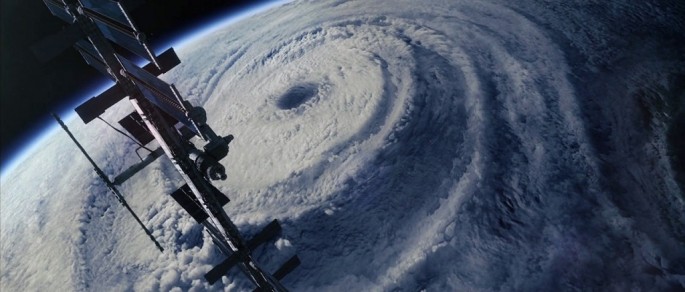Science fiction films are more often than not exaggerated, however, Hollywood film "The Day After Tomorrow" released in 2004 could apparently be a real life climate disaster according to a new study.
Researchers from the University of Southampton conducted a new study involving a climate event that was featured in this disaster movie where global warming produced a sudden collapse of the Atlantic Meridional Overturning Circulation that ultimately led to catastrophe across North America where tornadoes caused destruction over Los Angeles and New York experiencing massive flooding, leaving the rest of the northern hemisphere in almost below subzero temperatures.
The film of course attracted a lot of criticism from climate scientists for its scientific credibility, however this collapse event of the AMOC is also a serious repercussion originating from anthropogenic greenhouse gas emissions or man made pollution, that was apparently never been analyzed with a real climate model.
Lead author of the study Sybren Drijfhout utilized the German climate model called ECHAM from the Max-Planck Institute in Hamburg and discovered how every 20 years, the planet will cool down instead of warm up during global warming as an AMOC collapse will coincide with each other. This means that if global warming continues without an AMOC collpase, the global average temeperature will be offset to 0.8 degrees Celsius.
Drijfhout also reveals that Earth will be able to recover from an AMOC collapse in a span of 40 years even if global warming still continues at current rates however the eastern region of the North Atlantic ocean that includes the British Isles will apparently take more than 100 years for temperatures to return to normal.
This new study also suggests that this recent period of relatively weak global warming temperatures cannot be linked to just one cause. Due to the El Niño phenomenon along wth significant changes in the Southern Ocean in the Antarctic region, ocean temperatures and levels are constantly shifting and increasing.
This new study is published in the journal, Nature Scientific Reports.



























